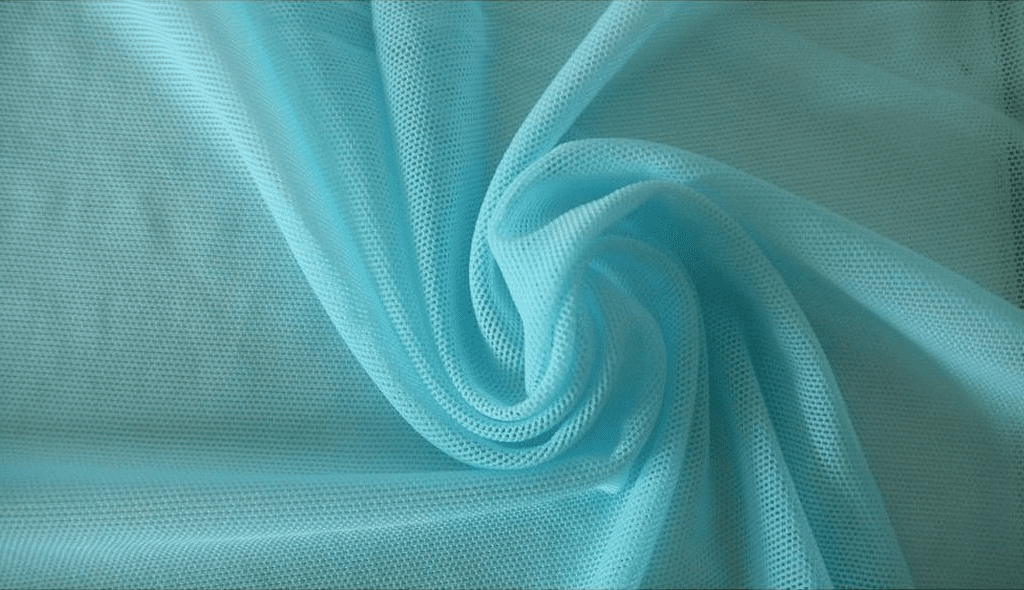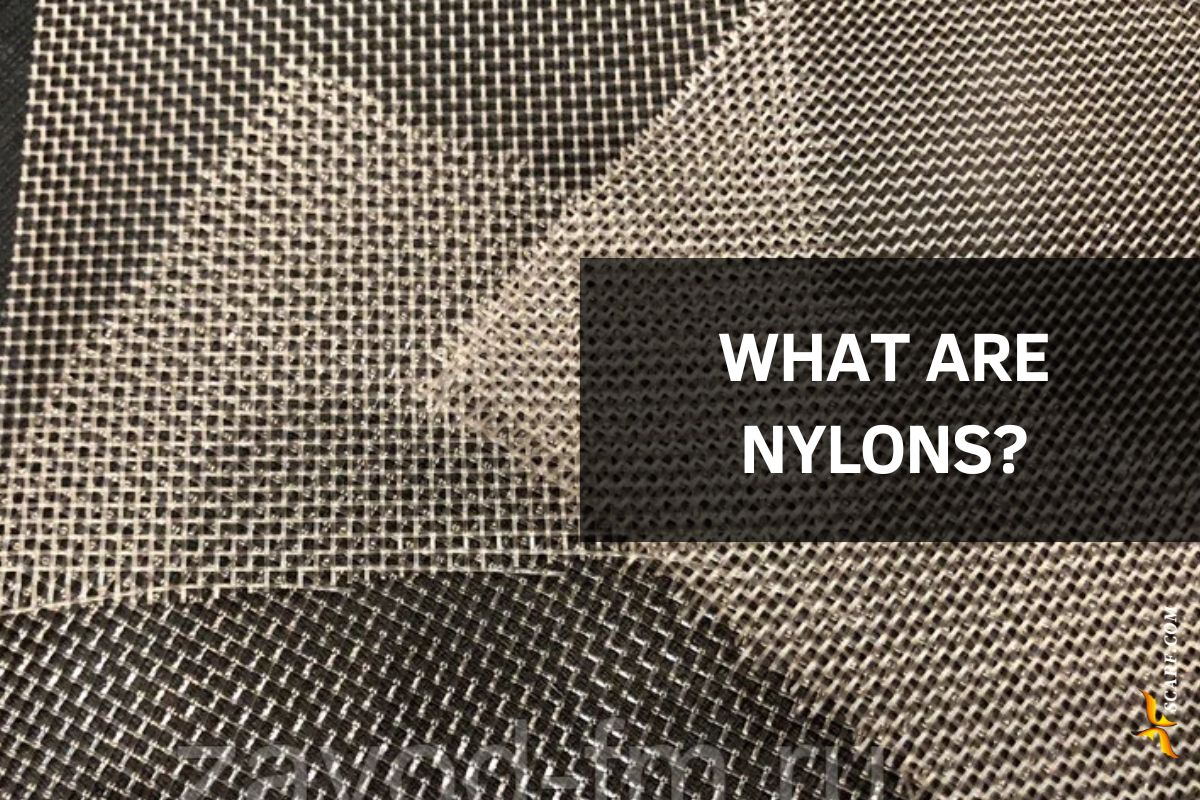Nylons have become a part of our modern lives. But what are nylons? In this article, I’ll delve deep into the world of nylons, exploring their composition, properties, comparison with other materials, and their applications.
What are nylons?
Nylon is a synthetic polymer or plastic material that is known for its strength, durability, and versatility. It was first developed in the 1930s by DuPont, and since then, it has become one of the most widely used synthetic fibers in various applications.
Nylon fibers are commonly used in textiles, where they are woven or knitted into fabrics for clothing, upholstery, and industrial purposes. Nylon fabrics are prized for their durability, resistance to abrasion, and ease of care. They are often used in garments such as stockings, socks, swimwear, and activewear, as well as in outdoor gear like tents, backpacks, and sleeping bags.
Apart from textiles, nylon is also used in a wide range of other applications, including: Engineering plastics, packaging materials, industrial applications.


What are Nylons made of?
Nylons are typically made from synthetic polymers, which are large molecules composed of repeating units called monomers. The most common type of nylon is nylon 6,6, which refers to the number of carbon atoms in the diamine and the dicarboxylic acid that are used to produce the nylon polymer through a process known as condensation polymerization.
The production of nylon starts with the extraction of crude oil, which is then refined and processed into specific chemicals.
These chemicals are transformed into the building blocks for nylon through chemical reactions. The resulting nylon polymers are then melted and extruded through a spinneret, which is a bit like a showerhead with many small holes, to create fibers of varying thickness. These fibers are then cooled, stretched, and spun into yarns, which can be woven or knitted into textiles.
Nylon is admired for its strength and durability, which makes it a preferred material in industries ranging from fashion to automotive. Its molecular structure provides it with flexibility, while still maintaining a high tensile strength, which is why it’s often used in products that require a good deal of wear and tear resistance.
Is Nylon Breathable?
When considering the breathability of a fabric, we’re looking at its ability to allow air and moisture to pass through it. Breathability is a crucial factor for comfort, especially in clothing. So, is nylon breathable? The answer is not straightforward.
Nylon itself is not inherently breathable. It is a hydrophobic material, which means it tends to repel water rather than absorb it. This characteristic can lead to a reduction in the passage of air and moisture through the fabric, resulting in less breathability.
However, the breathability of nylon fabric can be improved through the weaving or knitting process and by blending it with other materials that enhance its breathability.
Manufacturers often use specific weaving techniques and treatments to increase the air and moisture permeability of nylon fabrics. Additionally, modern advancements in textile technology have led to the creation of breathable nylons that are used in activewear and outdoor gear. These advancements include the integration of micro-porous structures and the development of moisture-wicking capabilities that help to keep the skin dry and comfortable.
Is Nylon Stretchy?
Stretchiness in fabrics is a property that allows them to expand and return to their original shape without damage. This elasticity is sought after for various applications where comfort and flexibility are desired. When it comes to nylon, it does exhibit stretchable qualities.
The elastic nature of nylon is due to its molecular structure, which can be manipulated during the manufacturing process. By adjusting the drawing process—where fibers are stretched to align the polymer chains—manufacturers can control the amount of elasticity in the final product. The introduction of elastane, commonly known by the brand name Spandex or Lycra, into nylon fabrics further enhances their stretchiness.
Nylon’s inherent stretchiness makes it an ideal component in the production of garments like hosiery, swimwear, and athletic apparel, where a snug yet comfortable fit is essential. Its ability to stretch, coupled with its recovery properties, ensures that nylon-containing garments maintain their shape and fit over time, despite repeated use and movement.
Tips: Is Polyester Stretchy & Waterproof? What is Polyester Fabric?
Is Nylon Waterproof?


Waterproof materials are those that are impervious to water, and this quality is particularly valuable in applications where water resistance is of the essence. Considering nylon’s hydrophobic nature, it has a natural resistance to water, but is nylon waterproof?
While nylon fibers themselves repel water to an extent, they are not completely waterproof. Water can still penetrate nylon fabrics, especially under pressure or over time. To achieve a level of waterproofness, nylon fabrics are often treated with coatings or laminates that prevent water from passing through.
These treatments, such as silicone or polyurethane coatings, form a barrier on the surface of the nylon fabric. For outdoor gear and rainwear, manufacturers might use a combination of tightly woven nylon and a waterproof membrane, which provides both durability and protection from the elements. It’s this combination of materials and treatments that allow nylon products to be marketed as waterproof.
Does Nylon Shrink?
Shrinking occurs when a fabric becomes compacted and reduced in size, often as a result of exposure to heat. It is a common concern for consumers, especially when it comes to caring for clothing. With nylon, the potential for shrinkage exists but is typically minimal.
Nylon is less prone to shrinkage compared to natural fibers like cotton or wool because of its synthetic nature and the way it is produced. During manufacturing, nylon fibers are often heat-set, which stabilizes the fabric and makes it resistant to changes in size and shape. However, exposure to high temperatures, whether from hot water or a dryer, can still cause nylon to shrink slightly.
To minimize the risk of shrinking nylon items, it is recommended to follow the care instructions provided by the manufacturer. This usually involves washing in cool or warm water and air drying or using a low-temperature setting on a dryer. Proper care ensures that nylon garments retain their size and shape for a longer period.
Tips: Does Polyester Shrink? Expert Tips For You
Nylon vs. polyester
The debate between nylon and polyester is a longstanding one, especially when it comes to selecting the right material for specific needs. Both are synthetic fibers with their unique characteristics, advantages, and disadvantages.
Nylon is known for its strength, elasticity, and softness, making it a great choice for items that require flexibility and durability. It also has a higher melting point than polyester, which can be advantageous in certain applications. However, nylon tends to be more absorbent than polyester and can be less resistant to UV radiation, which may lead to degradation over time if used outdoors.
On the other hand, polyester is more hydrophobic than nylon, which means it dries faster and is less likely to absorb odors. Polyester also generally more resistant to UV radiation and is often less expensive than nylon. Polyester’s main drawbacks include a tendency to pill and a slightly less luxurious feel compared to nylon.
When choosing between nylon and polyester, consider the intended use, desired properties, and longevity. Both materials have their place in the textile industry, and advancements continue to improve their performance and sustainability.
Common uses of Nylons
The versatility of nylons has led to their widespread use across various industries. The strength, elasticity, and resistance to abrasion make them an ideal choice for many applications.
In the apparel industry, nylons are used to make a variety of items, including lingerie, tights, swimwear, activewear, and outerwear. Their ability to stretch and conform to the body while maintaining their shape makes them perfect for these applications. Nylons are also used in the production of fashion accessories, such as handbags and backpacks, due to their durability.
Beyond clothing market, nylons play a critical role in many other products. In the automotive industry, they are used to make airbags, seat belts, and various engine components. In the home, you can find them in carpets, upholstery, and kitchen tools. Nylons are also essential in the medical field for making surgical sutures and orthopedic devices.


Furthermore, their application in outdoor gear cannot be overlooked. Tents, sleeping bags, and climbing ropes all benefit from nylon’s robustness and resilience. The material’s properties ensure that equipment can withstand harsh conditions and rough handling without compromising safety or performance.
Conclusion
Nylons are a remarkable invention that have transformed numerous industries and continue to play a vital role in our daily lives. While they may not be the most breathable or naturally waterproof materials, their durability, elasticity, and versatility make them indispensable. With proper care, nylon products can serve their purpose for a long time, proving to be a sound investment for consumers and manufacturers alike.
Understanding the characteristics of nylons—is nylon breathable, is nylon stretchy, is nylon waterproof—allows us to make informed decisions about the products we purchase and use. As technology advances, we can expect even more innovative uses for nylons, further cementing their place in our modern world.
In conclusion, nylons may just be one of the many synthetic fibers available in the market, but their unique properties ensure that they stand out. Whether you’re choosing a durable piece of outdoor equipment or selecting the perfect pair of tights, knowing the ins and outs of nylons can guide you to the best choice.
We are a professional fabric expert, if you’re looking to learn more about the wonders of nylon or need help finding the right nylon product for your needs, don’t hesitate to contact us, we will give you the most comprehensive advice and service.



